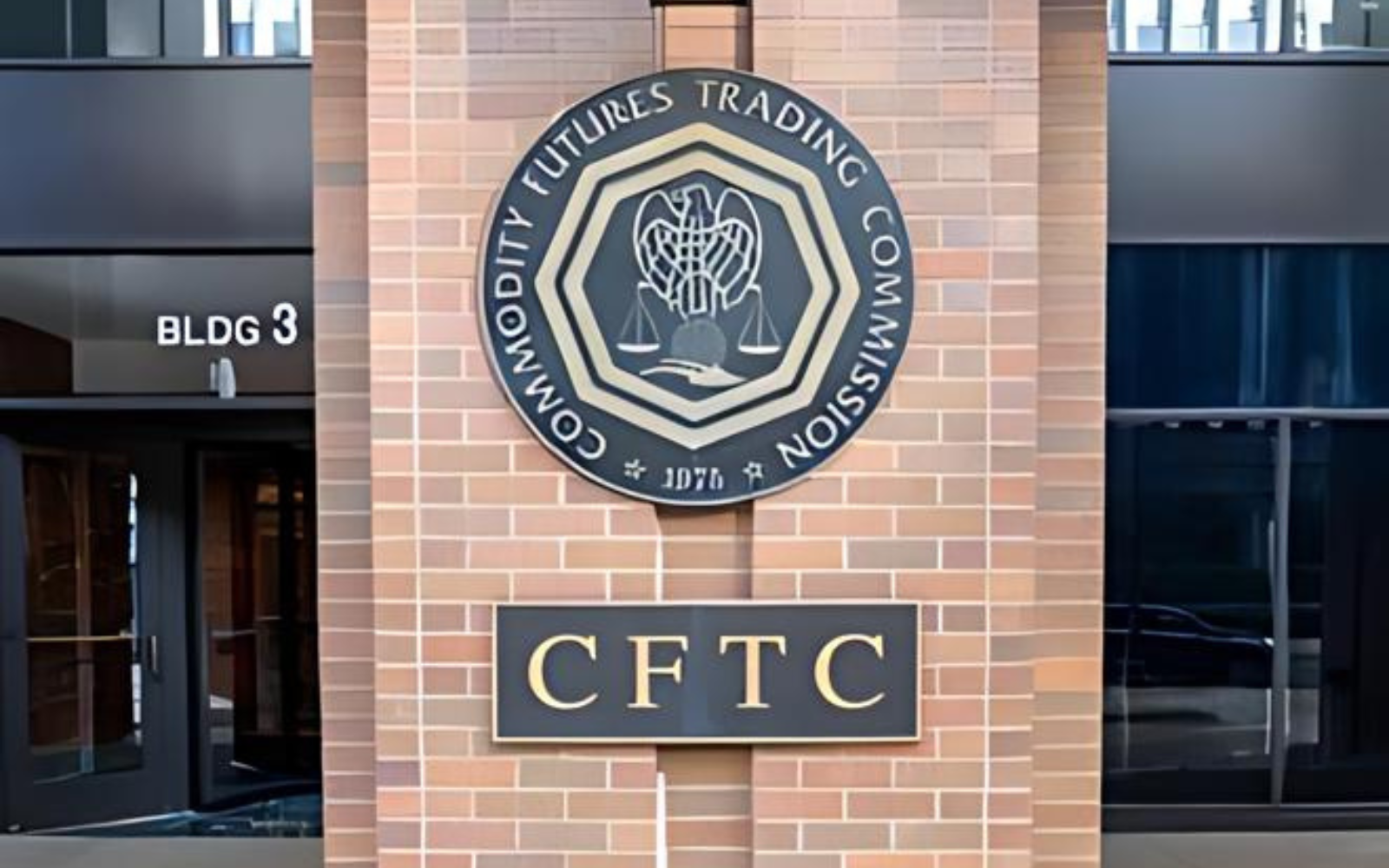It Is Wiser to Find Out Than Suppose . . . Sometimes
Mark Twain is credited with coining the phrase “it is wiser to find out than suppose” and at times the maxim holds true today, particularly by any regulated community. Earlier this summer, the Commodity Futures Trading Commission (CFTC) released an advisory clarifying one aspect of what swap dealers (SDs) need to do to meet capital requirements going into effect on October 6 (Capital Compliance Date).
The clarification responded to inquiries from the industry about the computation of initial margin (IM) on uncleared swap positions for the purpose of determining minimum capital requirements. The CFTC’s IM requirements, which were finalized in 2016, require SDs to compute daily IM amounts that must be exchanged with other relevant parties. Under those requirements, SDs must compute the daily IM amounts through the use of either a standardized margin schedule or a through a risk-based model that has been approved for use by either the CFTC or the National Futures Association (NFA). SDs have been and will be subject to these requirements across several phases between 2017 and 2022 (including a pause due to the COVID-19 pandemic). In July of last year, the CFTC adopted new capital requirements for SDs and revised capital requirements for futures commission merchants that are dually registered as SDs (FCM/SDs). The Nexus between IM and Capital The nexus between the IM requirements and the capital requirements appears to have caused confusion, which led to the issuance of the CFTC advisory. The issue is centered on the necessity of IM model approval and the component of the CFTC’s minimum capital requirements that directs FCM/SDs and SDs “to maintain a minimum level of regulatory capital that equals or exceeds 2% or 8%, as applicable, of those firms’ ‘uncleared swap margin’ amount.” The phrase “uncleared swap margin amount” refers to the amount of IM that an FCM/SD or SD would be required to collect under the CFTC’s IM requirements. Until the advisory was released, there were a few interpretive issues regarding the calculation of the uncleared swap margin amount, including:
1. Not all swaps are subject to the CFTC’s IM requirements, and thus, the IM model approvals to date have not included swaps outside of the scope of the CFTC’s IM requirements.
2. Several SDs are not yet required to meet the CFTC’s IM requirements, will not have received approval to use a model to compute IM by the Capital Compliance Date, or are considering use of the CFTC’s standardized margin schedule when their IM compliance date arrives.
For the above reasons, the agency clarified that CFTC or NFA approval is not required for the use of a model to calculate the uncleared swap margin amount in the context of a capital determination. Also, consistent with the paradigm for IM models, the selection of a model to calculate the uncleared swap margin amount need not be limited to the Standardized Initial Margin Model developed by the International Swaps and Derivatives Association. Nonetheless, one aspect of the CFTC’s guidance is less generous to smaller SDs. Specifically, the uncleared swap margin calculation must meet the standards of the CFTC’s IM requirements. This is a foreseeable result since the language of the CFTC’s capital rule refers to what would be collected under the CFTC’s IM requirements. However, relief that was granted due to the COVID-19 pandemic means that some SDs are not yet subject to IM requirements with respect to any of their swaps. Yet these firms, the smallest among SDs and none posing systemic risk to the market, will be required to incorporate IM requirements significantly early in order to meet the demands of capital model implementation. Despite the challenge posed to small SDs because of the capital rule’s assumption that IM requirements would apply to all SDs by the time of the Capital Compliance Date, this situation appears to be a case where the give and take mostly worked.
The regulated industry asked questions; the regulator responded with clarifying information, showing another adage still holds true: “the squeaky wheel gets the grease.” The smaller wheels may simply need to make more noise.




